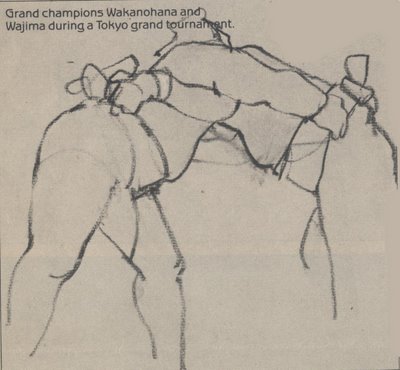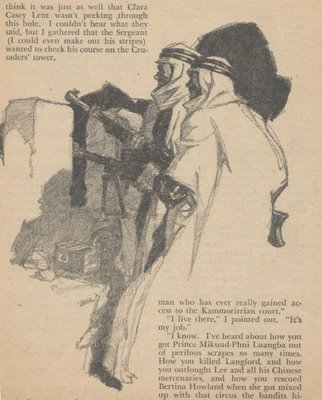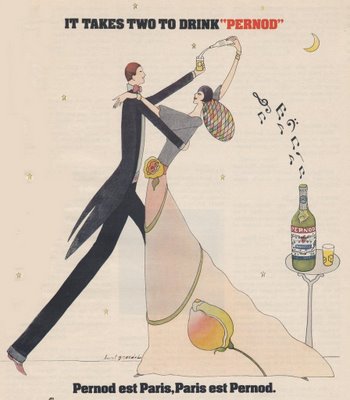
The year was 1515, at the dawn of the Age of Exploration. Western civilization was awakening from centuries of medieval sleep, turning from superstition to the Scientific Revolution and the Renaissance. Durer was tasked with drawing a rhinoceros but unfortunately, nobody had ever seen a rhinoceros in Europe. It was an almost mythical beast described by travelers from exotic lands.
Explorers captured a rhinoceros in the far jungles of India. They strapped the great beast into a ship and sent it back to Europe. It was on its way to Italy, a gift to Pope Leo X, when the ship went down at sea.
What could Durer do? He never got to see the rhinoceros, so in the time honored tradition of illustrators everywhere, he faked it from a description and from a sketch in a letter. His drawing (above) was inaccurate in many ways but there was no one to contradict him, so Durer's drawing established the European concept of a rhinoceros for the next 250 years.
I sometimes think about that primordial beast, plucked from its home in the jungle and carried off to a new world. It was destined to become the most famous rhinoceros in history, although that wasn't much consolation when that storm came up at sea. The ship sank, taking the poor, uncomprehending beast down to a watery grave.
Western civilization would eventually improve its technique for studying wildlife. But in 1515, when cultures didn't quite come together-- when the past didn't quite connect with the future, east didn't connect with west, faith didn't connect with rational inquiry-- there stood an illustrator astride the cultures, bridging the gap.


















